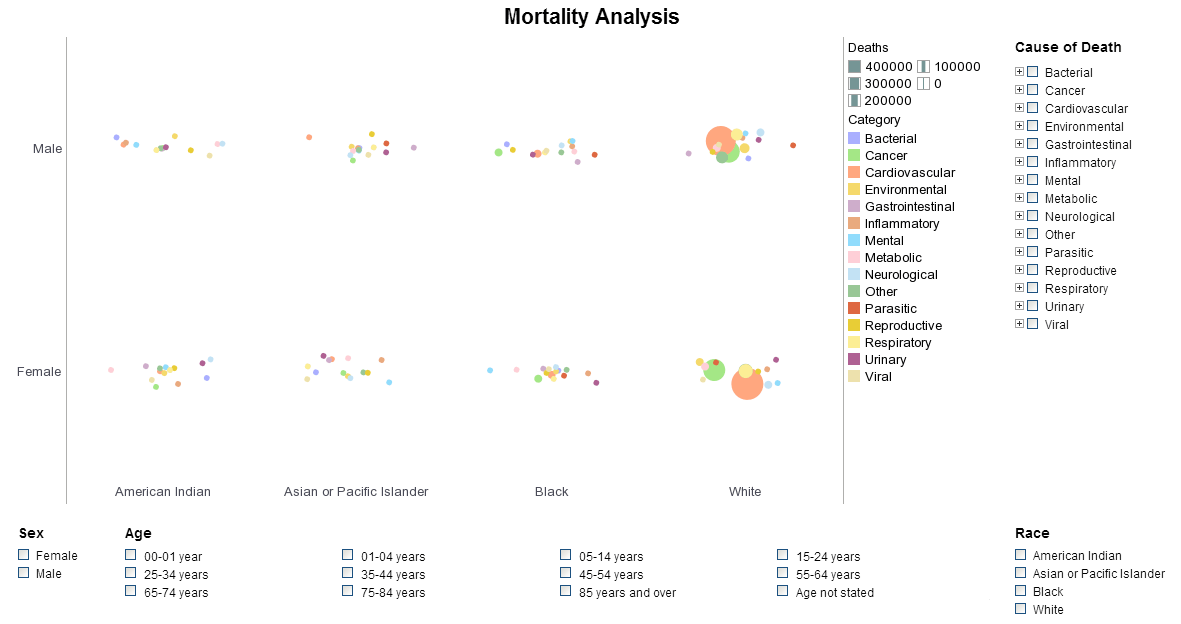Incorporating Customer Information into Business Intelligence
This is the continuation of the transcript of a Webinar hosted by InetSoft on the topic of "Improving Business Agility Using Performance Management Software." The speaker is Mark Flaherty, CMO at InetSoft.
Nike is another company that incorporates customer information into business intelligence and product development. So there’s continuous feedback and engagement so it’s not just feedback and it’s not just information but it’s actually responsive and it’s co-evolving with the systems themselves.
We can react to information or act on insights. Traditional marketing asks the questions: What do people want? Did people know they wanted SMS, Twitter or the bicycle, for that matter? But complexity asks what mechanism should be put in place to allow people to shape and discover what they want. So do we have the fundamental mechanism?
Have we created the system that can constantly evolve? Is there proximity in it? Can those people that are using the information, do they feel like they are part of it? So do they have an ownership in that information and its use. And then finally, have they created dimensions of value?
| #1 Ranking: Read how InetSoft was rated #1 for user adoption in G2's user survey-based index | Read More |
Are We Embracing Complexity?
So it’s just a matter of putting in the same format that they use like they did traditionally in a business that’s changing or are they able to use it to put a new format to get different dimensions in different perspective? And finally, are we embracing complexity? And are we allowing ourselves to co-evolve with the system? And that’s it.
When we say embracing complexity, we are really talking about embracing the new ways that data is being absorbed, the speed in which it’s being absorbed and then kind of shrinking the process in the decision making cycle. We can be overwhelmed by it or we can accept it, and if we understand fundamentals of complexities and things like self organization, emergence, innovation then we can understand how the system is moving and not be overwhelmed by it. So I think it’s really important to say this complexity will always have complexity and for the most part, complexity is a great thing.
We have all this business intelligence technology. We’re talking today because we have great analytic technology, and it’s evolving. Look at all these people talking in different formats. It is why we’re here. We have to embrace it, but if we’re looking at trying to analyze in its traditional form, we’re making something. So we have to start to look for connections and new interpretations and ways to look at large amounts of data as a great opportunity but also make it work for us and not just take in as information but create insights out of that big amount of data. We can all accept it as part our new world, the world we’ve always lived in but we’re just so connected, but it’s great stuff and we have great innovations and connections and change all because of that. So embrace it and evolve with it.
Let’s push out the results of our last poll. We asked the audience what you believe is the biggest obstacle in the way preventing the organization from optimizing data and making better decisions. If we could take a look at these responses, they are sprinkled all over the map here. 20 percent not getting the right data, 27 percent not able to categorize the stored information, 30 percent not able to access it. 70 percent said the data was not made available to the right people. There really isn’t a silver bullet here. Each organization depending on their customers, depending on their business have different pain points when it comes to information management and data access.
 |
View live interactive examples in InetSoft's dashboard and visualization gallery. |
I think this shows that you have to be innovative in this area. Look at small start ups who are developing these great visual analysis tools. Or universities, are looking for data to be researched, to test these visualization tools. Not necessarily just to test them and see if they worked, but they research how can people use them. So there are opportunities for any business to access data and gain insights. If we give our analytical team the freedom and the encouragement to explore new ways of looking at large amounts of data, that can give us some interesting insights. We have so many BI applications out there which is great. I mean it’s the power of the complexity.
| Previous: Enabling Real Time Data Exploration |


